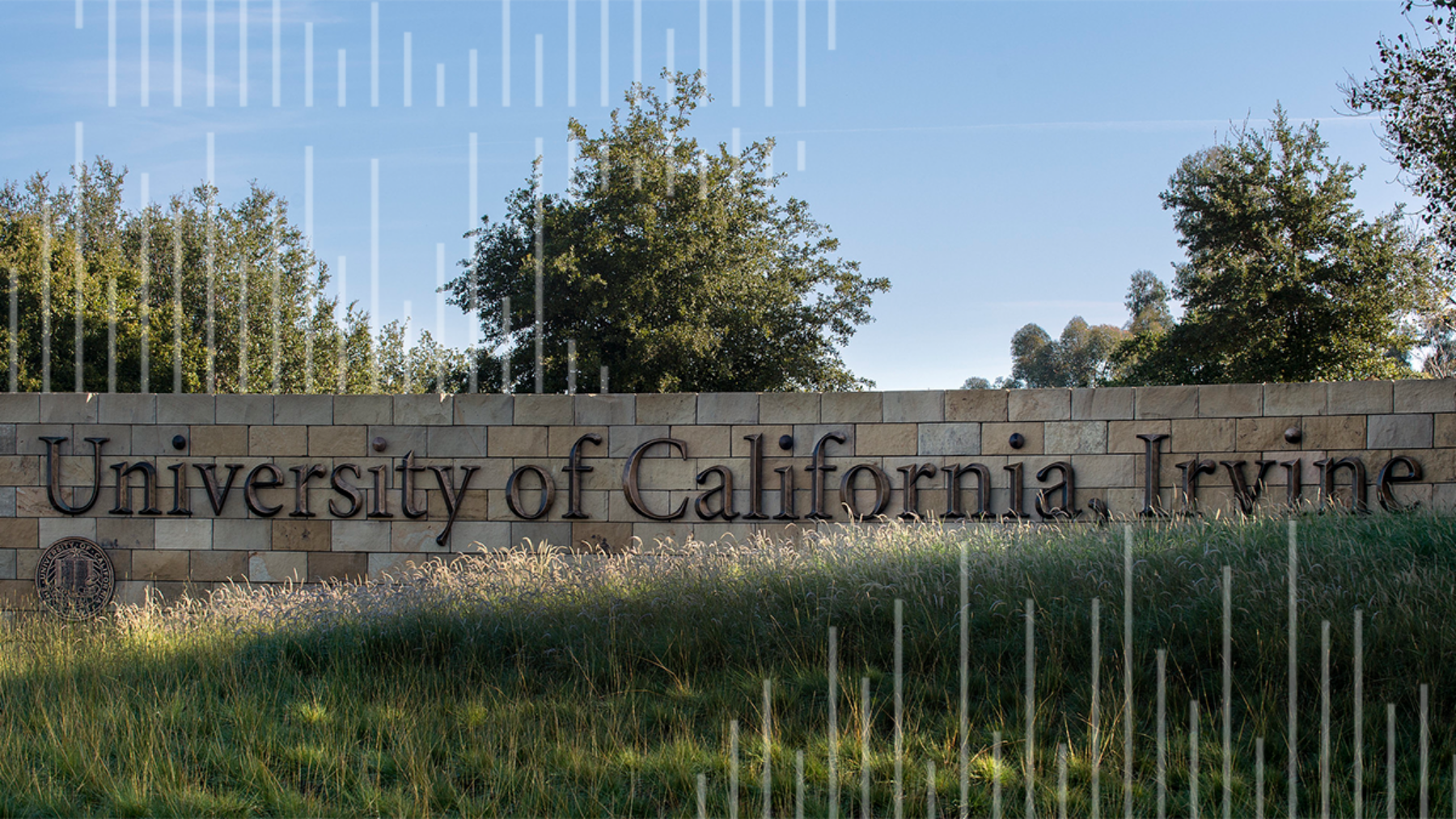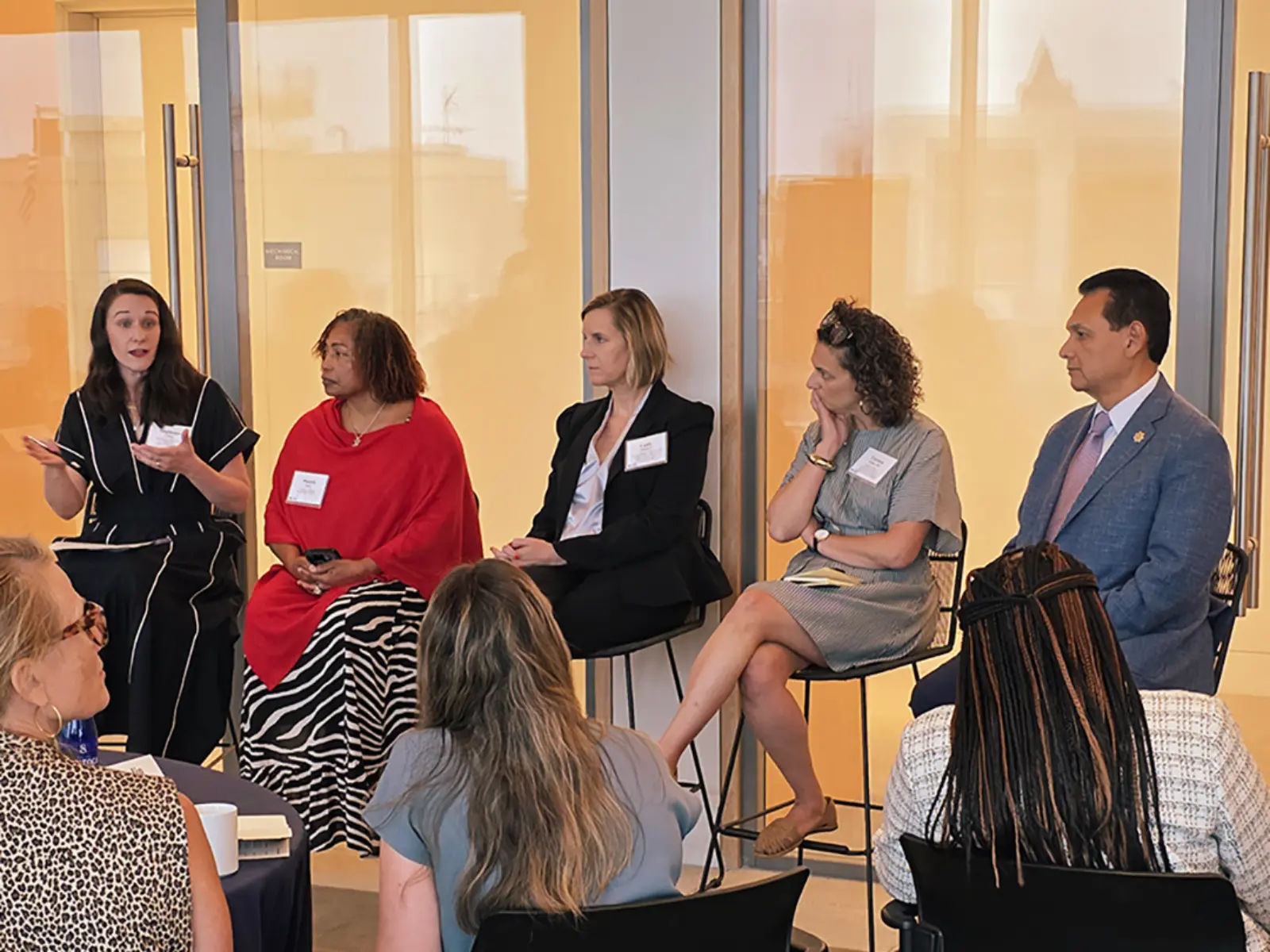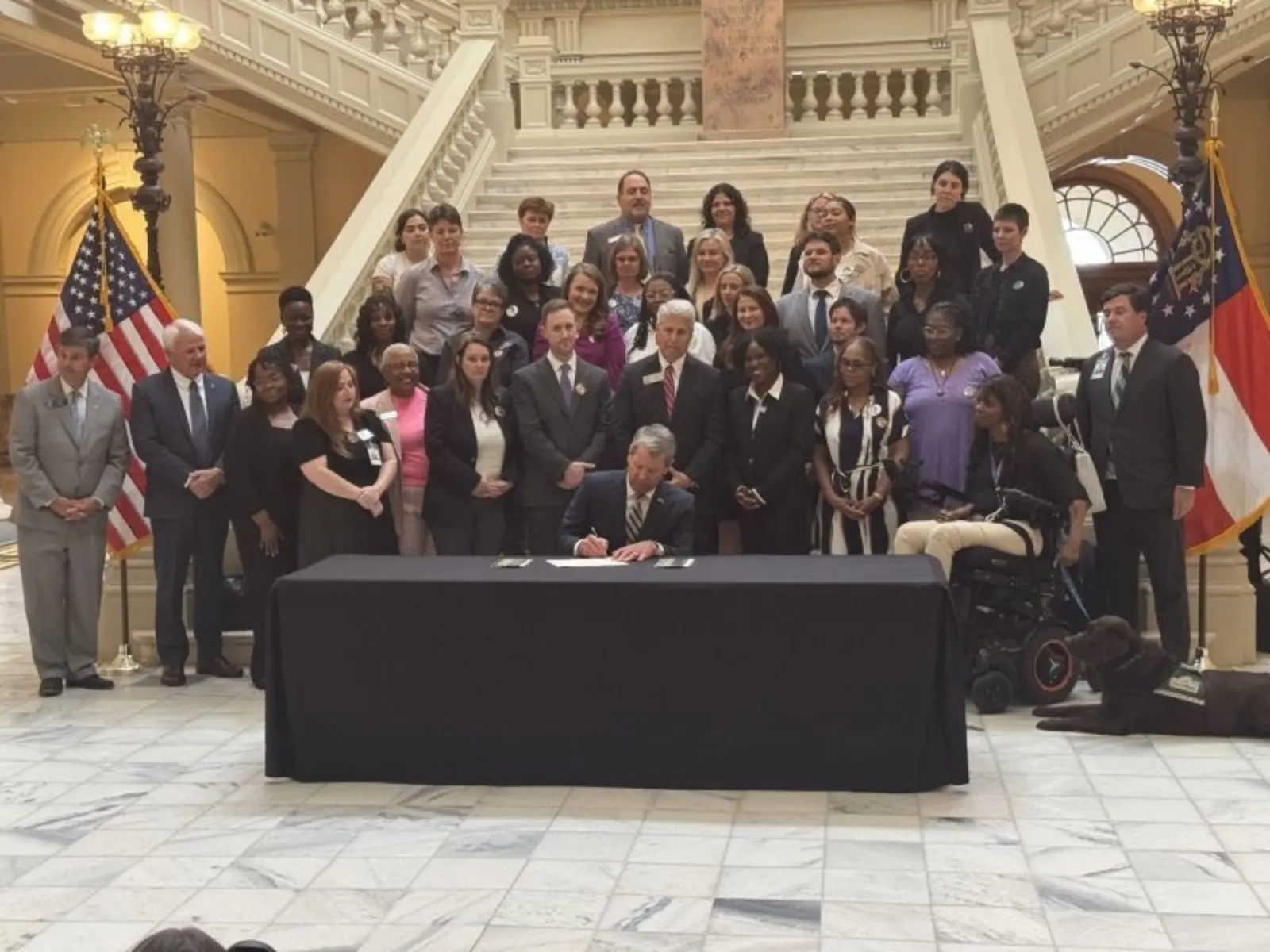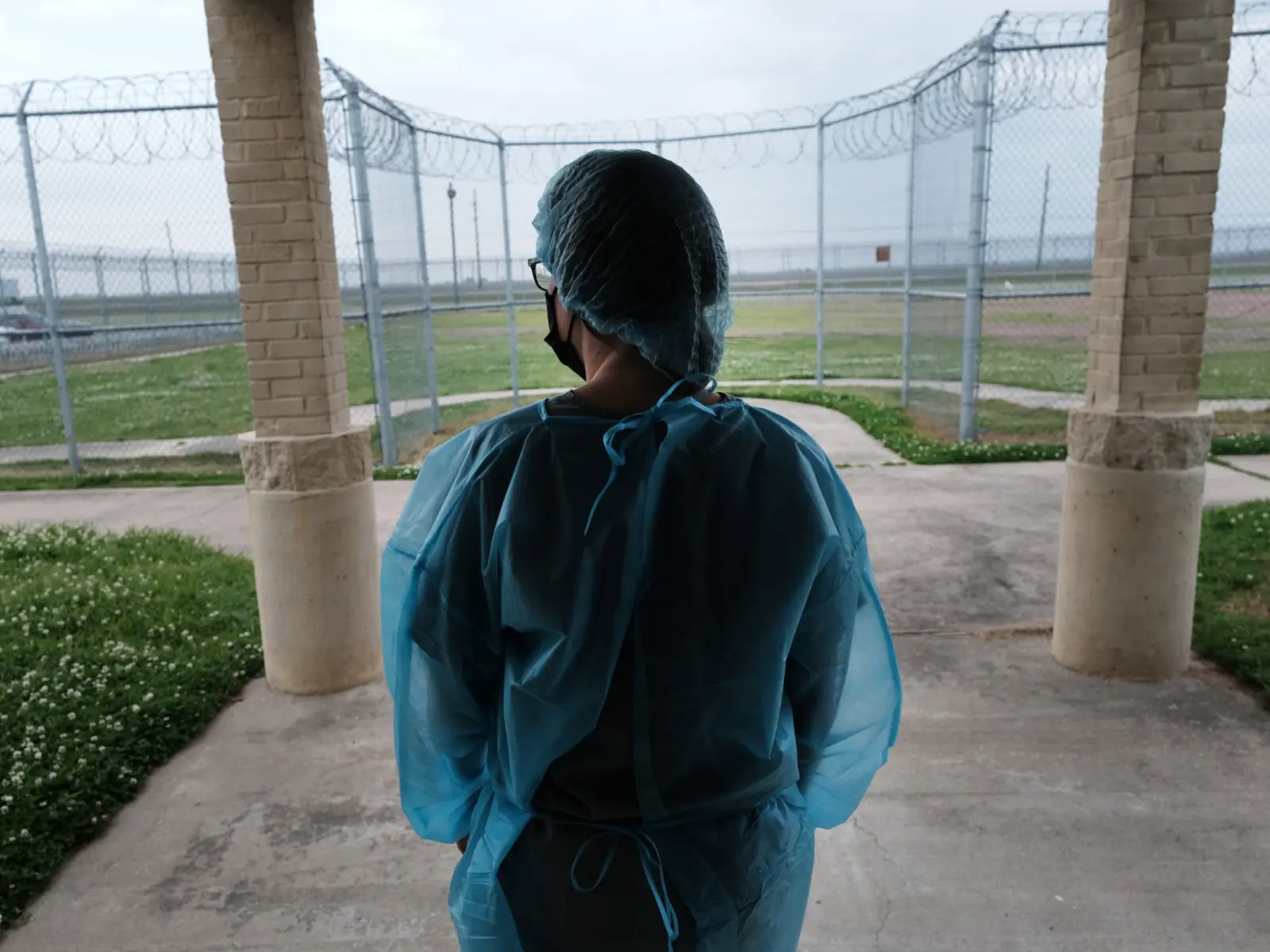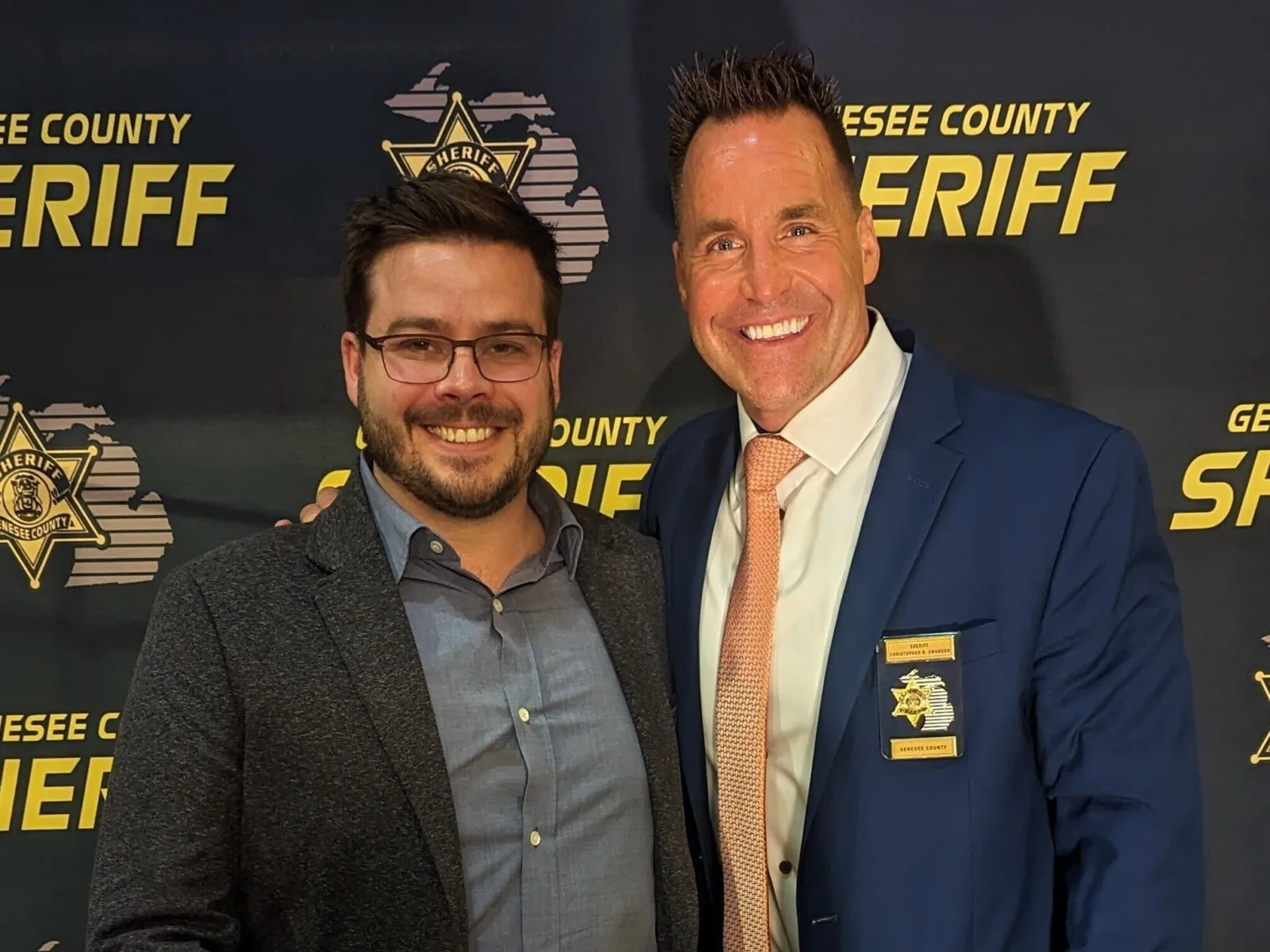To address the country’s high rates of incarceration and recidivism, and to protect public safety, many criminal justice stakeholders are focusing on how to help formerly incarcerated people more successfully reenter society.
In March 2024, the University of California at Irvine (UC Irvine) held an “innovation day” that brought together researchers and criminal justice practitioners for a detailed discussion and brainstorming session on how to implement and study novel approaches to reentry.
The innovation day, part of a new series of events supported by Arnold Ventures (AV), considered ideas like alternative prisons, supportive housing, new prison data infrastructure, and training legal actors on new state laws. The event also included an invitation to submit research proposals for further support and development.
“Since the vast majority of incarcerated people one day will return to their communities, rehabilitation and healing should be defining features of our approach to incarceration, reentry, and public safety,” says Jasmine Tran, criminal justice policy manager at AV. “It’s great to see meaningful collaboration between researchers and practitioners on these important issues.”
AV spoke with Emily Owens, the deans’ professor of criminology and economics and chair of the Department of Criminology, Law, and Society at UC Irvine, about the innovation day, the insights gathered, and opportunities for further research.
This conversation has been edited for clarity.

Arnold Ventures
Tell us more about your innovation day.

Emily Owens
Our innovation day was focused on four big projects related to incarceration and reentry that were in different stages at UC Irvine. Each was run by a faculty member who had nascent relationships with practitioners and rough ideas about the type of research that could impact fairness and public safety. We got all the faculty and practitioner-partners together to brainstorm on how to move each of the projects to the next stage. That included making sure that they were asking the right questions, had the right people involved, and had a plan for data sources. Each group presented their project, and then we spent some time in open discussion.

Arnold Ventures
What were each of the projects?

Emily Owens
The first project, led by Dr. Elizabeth Kaufman of the psychological sciences department, reimagines what jail could look like for transitional age youth. It brings the Scandinavian style of incarceration into the Orange County jail system. Accompanying Dr. Kaufman was the sheriff, a judge, and partners from the probation and parole department, and together they talked about the data they collected and how random assignment would work for a causal evaluation.
The next presentation was by a research team working with Orange County Supervisor Vicente Sarmiento, who talked about an opportunity the Board of Supervisors has to spend money on providing emergency housing assistance for people who had received eviction notices. They discussed some options and the impact of eviction filings on criminal justice contact. There was so much excitement in the room about the possibility of figuring out how to make an impact by providing rental assistance to vulnerable people.
Next was a data archival project where researchers from the UC Irvine departments of criminology, sociology, and computer science proposed to consolidate and translate qualitative, ethnographic research on jail populations for researchers who are doing quantitative, causal analysis — and vice versa.
The last project was about the Racial Justice Act, a new California law that allows for statistical evidence of previous racial discrimination in sentencing to be presented as evidence in a case. Faculty in the UC Irvine criminology department were interested in training public defenders and judges on the law, what it means to have the statistics presented in the courtroom, and how that could change the justice system.

Arnold Ventures
Why is it important to have this kind of setting to address these complex problems and ideas?

Emily Owens
It is important to bounce ideas off other people, both faculty you normally do not interact with and also criminal justice stakeholders. It makes the science stronger to have a lot of smart people thinking about your work at early stages. It is also helpful for practitioners to see the enthusiasm that researchers have to help them solve problems. In the case of the Orange County supervisors in particular, it was helpful for the practitioners to see under the hood of the research process.

Arnold Ventures
What opportunities do you see for future research in these areas?

Emily Owens
Each of the projects is submitting to Arnold Ventures or other funders for support, whether for planning grants, infrastructure development, or evaluation. Personally, I got more and more excited about the jail data infrastructure project as the innovation day progressed. There are lots of data archives, but this is something new. There is so much deep and thoughtful qualitative research on the experiences of people impacted by the system out there. And there is also a lot of high-quality quantitative research, like what I do, that takes administrative data and describes causal impacts of those policies on average outcomes for people in all sorts of circumstances. This project brings all that together.
When academics create a quantitative research agenda about the justice system, we want to study policies that address a problem individual people have, and that impact entire communities in ways that we can measure on a large scale. The way we know we are measuring the right things is by listening to researchers who are talking to people about their individual experiences. And vice versa. So, projects like this have the potential to facilitate better overall science and policy by increasing the feedback between researchers.

Arnold Ventures
How could these research projects benefit people and communities?

Emily Owens
We can take the eviction assistance project as an example. The Orange County government recognizes that being evicted has many negative consequences, not just for individuals but for society. It takes someone in a bad situation and makes everything worse. But the county cannot afford to give everybody money. So how do we identify where the biggest bang for that housing support dollar is going to be? How can we help the most people and do no harm? And how do we distribute that money so that we can figure out credibly what the impact was on the community? The goal is to work with community stakeholders and organizations to figure that out.

Arnold Ventures
Why is it important to conduct rigorous evidence-based research when making public policy?

Emily Owens
We create the government. We create laws and policies. And as an economist, I think governments, laws, and policies exist to make people better off. A lot of times, ideas about laws and policies sound right, and we are trying to do something good, but it just does not work out. People make mistakes. The world does not always work as we expect it to. I see research as a way to answer the question of whether our ideas work. Because our laws and policies should do what we want them to do.

